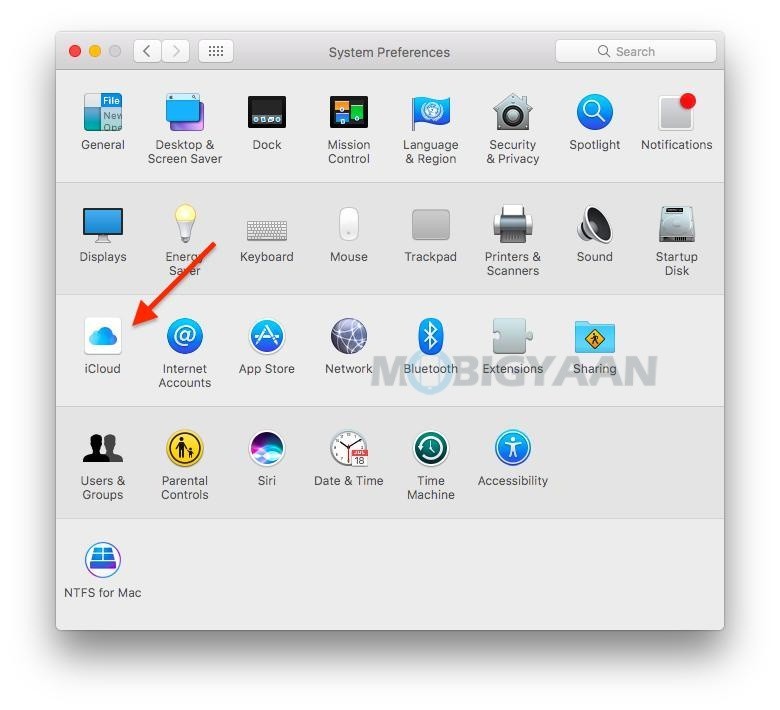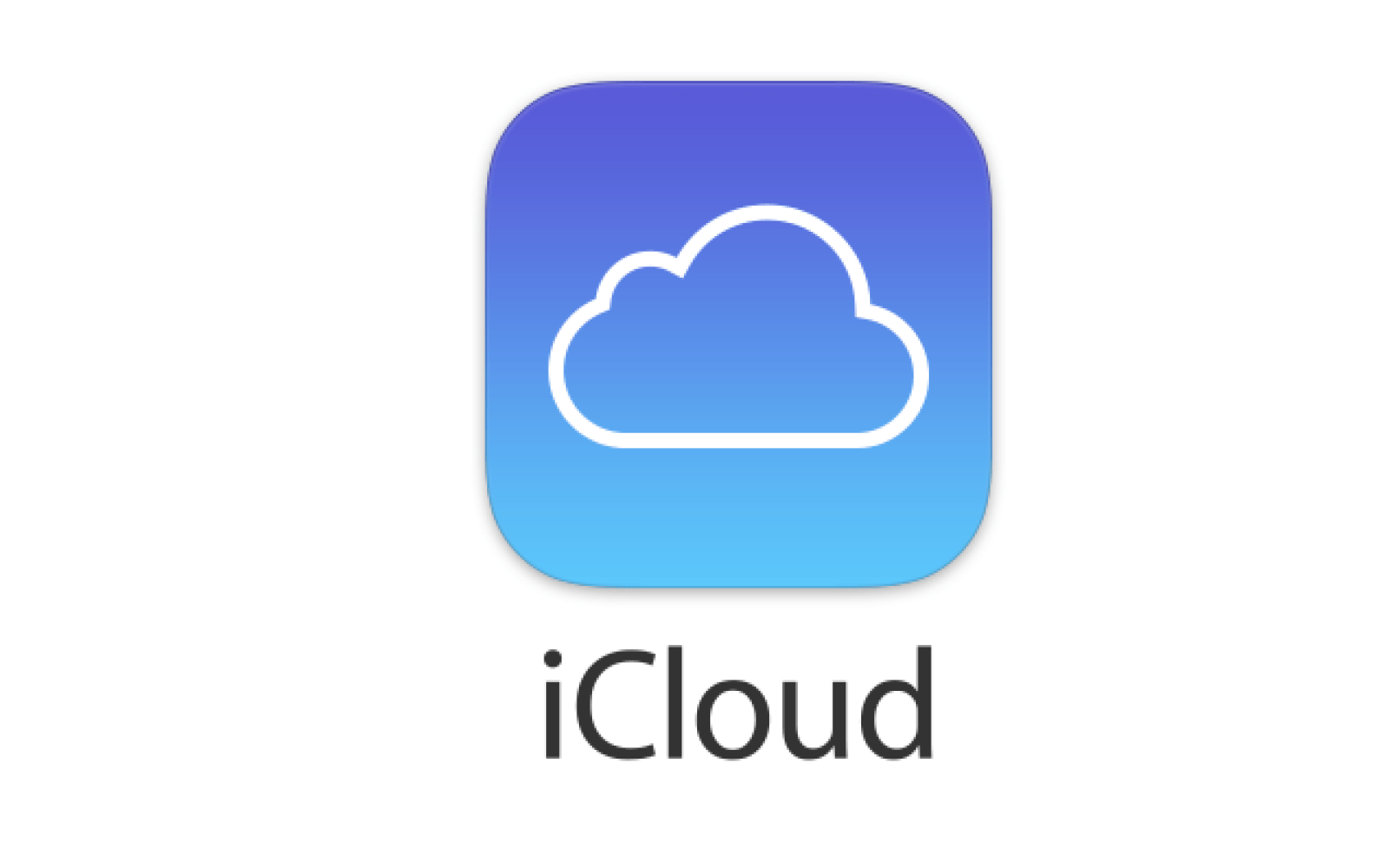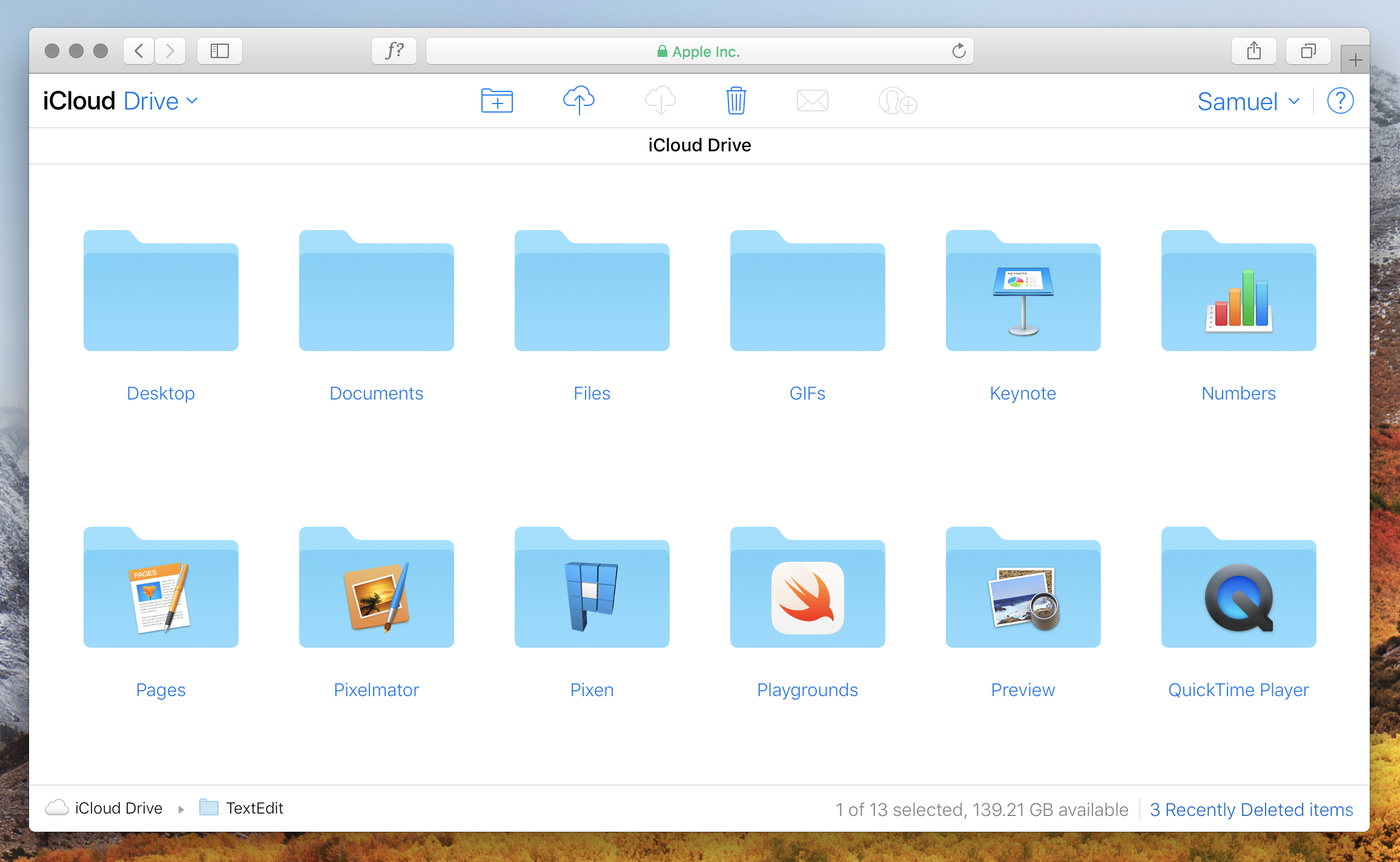ICloud is the backbone of a number of Apple services, some more problematic than others. At a surface level, iCloud just handles all of your iPhone backups and syncs files between apps. Go to System PreferencesiCloud and click on Options next to iCloud Drive. You’ll see this window: You can also optimize regular iCloud Drive storage. Photo: Cult of Mac. Check this box to make. I have exactly the same issue. Windows 10 64 bit, iCloud 5.2. My 250 gig drive lost all disk space. Downloaded and ran the wonderful free utility WinDirStat that pointed me to the culprit - the Cloudkit MMCS folder with hundreds of files, dating back from today to more than a month ago and each 500 mb.
How to Backup iCloud Pictures to Mac/Windows Computers
ICloud is built into every Apple device. That means all your stuff — photos, files, notes, and more — is safe, up to date, and available wherever you are. And it works automatically, so all you have to do is keep doing what you love. Everyone gets 5GB of free iCloud storage to start, and it’s easy to add more at any time. ICloud Disk uses Apple's free iCloud service to let you bring all your files, photos, music, docs and videos anywhere. It will allow you to easily store files online and access content from your iPhone/iPod Touch or iPad and collaborate with others.
To backup iCloud photo library to computer, you need to download these photos to your Mac/PC first. Follow these steps to access iCloud photos and copy them to Mac.
Step 1: Open Photos app on macOS.
Step 2: Head to Photos > Preference, then click iCloud and sign in to iCloud with your Apple ID.
Step 3: Click Download Originals to this Mac and transfer iCloud photos to Mac.
You can check our previous guide on how to download photos from iCloud to Mac/PC computer to make a local backup for iCloud photos.
Once you transfer iCloud photos to computer, you can also move them to Dropbox, Google Drive, OneDrive, box etc. to make an online backup.
If you already backup your Mac with Mac backup software like Time Machine, Carbon Copy Cloner, Time Machine, iCloud photos you moved to Mac will be backed up as well. If you haven't, Mac's built-in backup software, Time Machine is recommended. Click System Preferences, select Time Machine, click Select Backup Disk, choose disk for iCloud photos backup, together with other data, and check the box Backup Up Automatically to backup iCloud photo library automatically on Mac.
Icloud Disk Space
The files and folders that you are stored in the iCloud cloud can keep up to all of your devices and you can access these files and folders via iPhone, iPad, iPod touch, Mac or PC, and iCloud.com.
before the start

1. Update your iPhone, iPad or iPod Touch to the latest version of iOS or iPados and update your Mac to the latest version of MacOS.
2. Set iCloud on all your devices.
3. Make sure you log in to iCloud on all all devices.
4. If you are using a Windows PC, update to Windows 7 or later, then download the Windows version iCloud.
If your device cannot update to the latest version of iOS or MacOS, check the minimum system requirements that use the iCloud cloud disk.
start using
Set iCloud cloud trays in all locations you want to access and edit files.
On iPhone, iPad and iPod Touch
1. Go to 'Settings>' [Your Name] '.
2. Tap 'iCloud'.
3. Open the iCloud cloud disk.
You can find your iCloud cloud file in the File app.
On the Mac
Icloud Disk

1. Go to Apple Menu> System Preferences, then click Apple ID. If you are using Macos Mojave or lower, you don't take a point to press 'Apple ID'.
2. Select 'iCloud'.
3. Log in with your Apple ID as needed.
Icloud Disk Space
4. Select 'iCloud Cloud'.

To add the files in the Mac 'Desktop' and 'Document' folders to the iCloud cloud disk, open 'Desktop' and 'Document'.
You can then find your desktop and 'document' folders in the 'iCloud' section of the 'Visit' side.
If you add a second Mac 'desktop', a folder with the second MAC will appear in the 'Desktop' and 'Procuament' folder of the iCloud cloud disk, you can find the second in this folder. Documents in the Mac. The file in the second MAC does not automatically merge with the files in the first MAC.
If you have used a feature from another cloud service provider, this feature can synchronize or manage your Desktop and Documentation folders, you need to close this feature to use 'desktop' and ' Document. To use 'Desktop' and 'Document', you need to install MacOS Sierra or higher.
On iCloud.com
1. Log in to iCloud.com.
2. Select 'Pages', 'NumBers Form' or 'Keynote Executive'.
3. If the system prompts you to upgrade, click 'Upgrade to ICloud Cloud'.

On Windows PC
After setting the iCloud cloud disk on your iPhone, iPad, iPod touch, or Mac, you can set it on the Windows PC.
1. Go to 'Start', open 'Apply' or 'Programs', then open 'Windows ICLOUD'.
2. Enter your apple ID to log in to iCloud.
3. Select 'iCloud Cloud' and tap 'Apply'.
After setting the iCloud cloud disk, all documents you have stored in iCloud will be automatically moved to the iCloud cloud disk. In addition to the Pages document, NumBers, and Keynote Executive App, your iPhone, iPad, and iPod Touch will save your files in the File app. If you don't see your files in these apps, they may be on the device that has not yet opened the iCloud cloud disk.